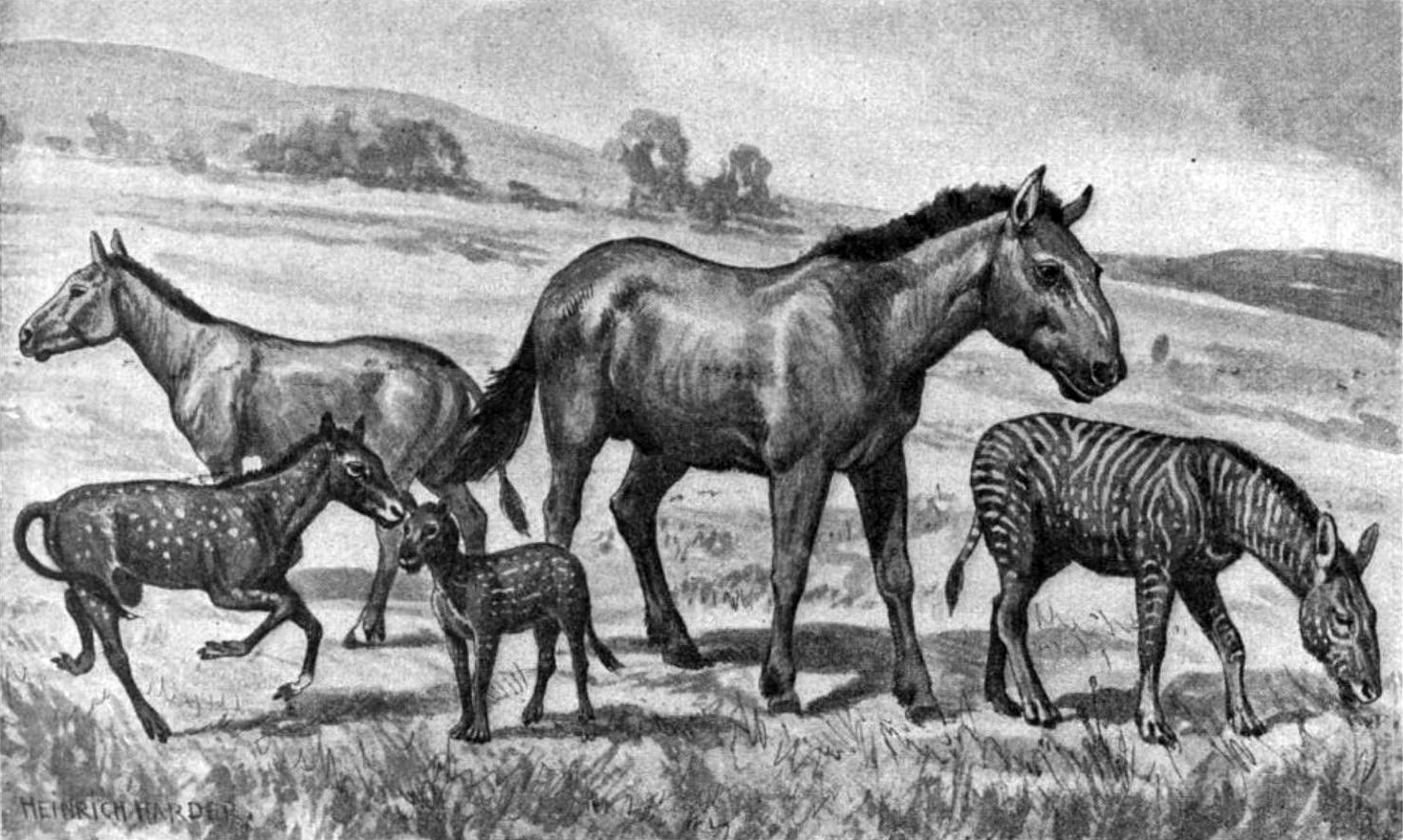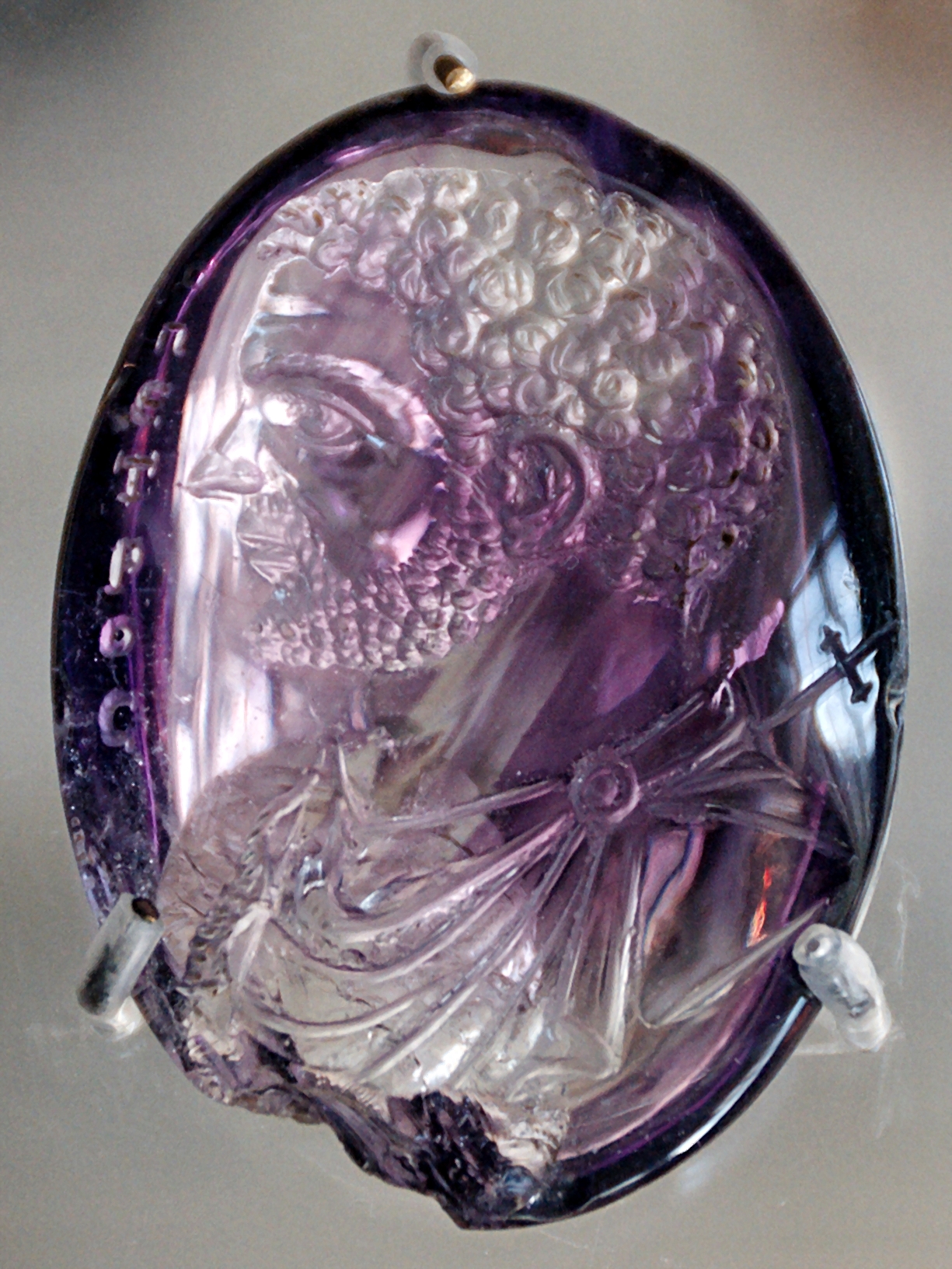|
Tell Brak
Tell Brak (Nagar, Nawar) was an ancient city in Syria; it is one the earliest known cities in the world. Its remains constitute a tell located in the Upper Khabur region, near the modern village of Tell Brak, 50 kilometers north-east of Al-Hasaka city, Al-Hasakah Governorate. The city's original name is unknown. During the second half of the third millennium BC, the city was known as Nagar and later on, Nawar. Starting as a small settlement in the seventh millennium BC, Tell Brak's urbanization began in the late 5th millennium BCE and evolved during the fourth millennium BC into one of the biggest cities in Upper Mesopotamia, and interacted with the cultures of southern Mesopotamia. The city shrank in size at the beginning of the third millennium BC with the end of Uruk period, before expanding again around c. 2600 BC, when it became known as Nagar, and was the capital of a regional kingdom that controlled the Khabur river valley. Nagar was destroyed around c. 2300 BC, a ... [...More Info...] [...Related Items...] OR: [Wikipedia] [Google] [Baidu] |
Al-Hasakah Governorate
Al-Hasakah Governorate (; ; , also known as , ''Gozarto'') is one of the fourteen Governorates of Syria, governorates (provinces) of Syria. It is located in the far north-east corner of Syria and distinguished by its fertile lands, plentiful water, natural environment, and more than one hundred archaeological sites. It was formerly known as Al-Jazira Province. Prior to the Syrian Civil War nearly half of Syria's oil was extracted from the region. It is the lower part of Upper Mesopotamia. Most of the territory is controlled by the Autonomous Administration of North and East Syria (AANES), which as part of the ongoing Rojava conflict, on 21 January 2014 declared democratic autonomy on the area of Al-Hasakah Governorate as the Jazira Region, the largest of the Regions of Rojava, three original regions of AANES. Geography During the Abbasid era, the area that makes this province used to be part of the Diyar Rabi'a administrative unit, corresponding to the southern part of Upper M ... [...More Info...] [...Related Items...] OR: [Wikipedia] [Google] [Baidu] |
Akkadian Empire
The Akkadian Empire () was the first known empire, succeeding the long-lived city-states of Sumer. Centered on the city of Akkad (city), Akkad ( or ) and its surrounding region, the empire united Akkadian language, Akkadian and Sumerian language, Sumerian speakers under one rule and exercised significant influence across Mesopotamia, the Levant, and Anatolia, sending military expeditions as far south as Dilmun and Magan (civilization), Magan (modern United Arab Emirates, Saudi Arabia, Bahrain, Qatar and Oman) in the Arabian Peninsula.Mish, Frederick C., Editor in Chief. "Akkad" ''iarchive:webstersninthne000merr, Webster's Ninth New Collegiate Dictionary''. ninth ed. Springfield, MA: Merriam-Webster 1985. ). The Akkadian Empire reached its political peak between the 24th and 22nd centuries BC, following the conquests by its founder Sargon of Akkad. Under Sargon and his successors, the Akkadian language was briefly imposed on neighboring conquered states such as Elam and Guti ... [...More Info...] [...Related Items...] OR: [Wikipedia] [Google] [Baidu] |
Levant
The Levant ( ) is the subregion that borders the Eastern Mediterranean, Eastern Mediterranean sea to the west, and forms the core of West Asia and the political term, Middle East, ''Middle East''. In its narrowest sense, which is in use today in archaeology and other cultural contexts, it is equivalent to Cyprus and a stretch of land bordering the Mediterranean Sea in Western AsiaGasiorowski, Mark (2016). ''The Government and Politics of the Middle East and North Africa''. p. 5: "... today the term ''Levantine'' can describe shared cultural products, such as Levantine cuisine or Levantine archaeology". .Steiner & Killebrew, p9: "The general limits ..., as defined here, begin at the Plain of 'Amuq in the north and extend south until the Wâdī al-Arish, along the northern coast of Sinai. ... The western coastline and the eastern deserts set the boundaries for the Levant ... The Euphrates and the area around Jebel el-Bishrī mark the eastern boundary of the northern Levant, as d ... [...More Info...] [...Related Items...] OR: [Wikipedia] [Google] [Baidu] |
Anatolia
Anatolia (), also known as Asia Minor, is a peninsula in West Asia that makes up the majority of the land area of Turkey. It is the westernmost protrusion of Asia and is geographically bounded by the Mediterranean Sea to the south, the Aegean Sea to the west, the Turkish Straits to the northwest, and the Black Sea to the north. The eastern and southeastern limits have been expanded either to the entirety of Asiatic Turkey or to an imprecise line from the Black Sea to the Gulf of Alexandretta. Topographically, the Sea of Marmara connects the Black Sea with the Aegean Sea through the Bosporus and the Dardanelles, and separates Anatolia from Thrace in Southeast Europe. During the Neolithic, Anatolia was an early centre for the development of farming after it originated in the adjacent Fertile Crescent. Beginning around 9,000 years ago, there was a major migration of Anatolian Neolithic Farmers into Neolithic Europe, Europe, with their descendants coming to dominate the continent a ... [...More Info...] [...Related Items...] OR: [Wikipedia] [Google] [Baidu] |
Equidae
Equidae (commonly known as the horse family) is the Taxonomy (biology), taxonomic Family (biology), family of Wild horse, horses and related animals, including Asinus, asses, zebra, zebras, and many extinct species known only from fossils. The family evolved more than 50 million years ago, in the Eocene epoch, from a small, multi-toed ungulate into larger, single-toed animals. All Extant taxon, extant species are in the genus ''Equus (genus), Equus'', which originated in North America. Equidae belongs to the order Perissodactyla, which includes the extant tapirs and rhinoceros, and several extinct families. It is more specifically grouped within the superfamily (taxonomy), superfamily Equoidea, the only other family being the extinct Palaeotheriidae. The term equid refers to any member of this family, including any equinae, equine. Evolution The oldest known fossils assigned to Equidae were found in North America, and date from the early Eocene epoch, 54 million years ago. Th ... [...More Info...] [...Related Items...] OR: [Wikipedia] [Google] [Baidu] |
Engraved Gem
An engraved gem, frequently referred to as an intaglio, is a small and usually semi-precious gemstone that has been carved, in the Western tradition normally with images or inscriptions only on one face. The engraving of gemstones was a major luxury art form in the Ancient history, ancient world, and an important one in some later periods. Strictly speaking, ''engraving'' means carving ''in intaglio'' (with the design cut ''into'' the flat background of the stone), but relief carvings (with the design projecting ''out of'' the background as in nearly all cameo (carving), cameos) are also covered by the term. This article uses ''cameo'' in its strict sense, to denote a carving exploiting layers of differently coloured stone. The activity is also called ''gem carving'' and the artists ''gem-cutters''. References to antique gems and intaglios in a jewellery context will almost always mean carved gems; when referring to monumental sculpture, the term counter-relief, meaning the same a ... [...More Info...] [...Related Items...] OR: [Wikipedia] [Google] [Baidu] |
Belet Nagar
Belet Nagar ("Lady of Nagar") was the tutelary goddess of the ancient Syrian city Nagar (Tell Brak). She was also worshiped by the Hurrians and in Mesopotamia. She was connected with kingship, but much about her role in the religions of the ancient Near East remains uncertain. Character Belet Nagar means "Lady of Nagar," and much like in the case of Ashur and its god, the name of the deity was the same as that of the corresponding city. Despite her status as one of the head deities of ancient Syria, much about her character and functions remains uncertain. It is assumed that she owed her position in the pantheon to the political importance of her cult center. While in the Old Babylonian period the political importance of Nagar declined, she remained a commonly worshiped deity. In the second millennium BCE in Shekhna she was the tutelary goddess of the local dynasty. For example, in a letter from a certain Ea-Malik to Till-Abnu, ruler of a small kingdom in the Khabur Triangle ... [...More Info...] [...Related Items...] OR: [Wikipedia] [Google] [Baidu] |
Fertile Crescent
The Fertile Crescent () is a crescent-shaped region in the Middle East, spanning modern-day Iraq, Israel, Jordan, Lebanon, Palestine, and Syria, together with northern Kuwait, south-eastern Turkey, and western Iran. Some authors also include Cyprus and northern Egypt. The Fertile Crescent is believed to be the first region where agriculture, settled farming emerged as people started the process of clearance and modification of natural vegetation to grow newly domesticated plants as crops. Early human civilizations such as Sumer in Prehistory of Mesopotamia, Mesopotamia flourished as a result. Technological advances in the region include the Origins of agriculture in West Asia, development of agriculture and the use of Irrigation#History, irrigation, of History of writing#Bronze Age writing, writing, the Wheel#History, wheel, and history of glass, glass, most emerging first in Mesopotamia. Terminology The term "Fertile Crescent" was popularized by archaeologist James Henry Br ... [...More Info...] [...Related Items...] OR: [Wikipedia] [Google] [Baidu] |
Hurrians
The Hurrians (; ; also called Hari, Khurrites, Hourri, Churri, Hurri) were a people who inhabited the Ancient Near East during the Bronze Age. They spoke the Hurrian language, and lived throughout northern Syria, upper Mesopotamia and southeastern Anatolia. The Hurrians were first documented in the city of Urkesh, where they built their first kingdom. Their largest and most influential Hurrian kingdom was Mitanni. The population of the Hittite Empire in Anatolia included a large population of Hurrians, and there is significant Hurrian influence in Hittite mythology. By the Early Iron Age, the Hurrians had been assimilated with other peoples. The state of Urartu later covered some of the same area. A related people to the Hurrians are the Urarteans. History Early Bronze Age The Khabur River valley became the heart of the Hurrian lands for a millennium. The first known Hurrian kingdom emerged around the city of Urkesh (modern Tell Mozan) during the third millennium BC. There ... [...More Info...] [...Related Items...] OR: [Wikipedia] [Google] [Baidu] |
Semitic People
Semitic people or Semites is a term for an ethnic, cultural or racial groupOn the use of the terms “(anti-)Semitic” and “(anti-) Zionist” in modern Middle Eastern discourse, Orientalia Suecana LXI Suppl. (2012) b Lutz Eberhard Edzard "In linguistics context, the term "Semitic" is generally speaking non-controversial... As an ethnic term, "Semitic" should best be avoided these days, in spite of ongoing genetic research (which also is supported by the Israeli scholarly community itself) that tries to scientifically underpin such a concept." [...More Info...] [...Related Items...] OR: [Wikipedia] [Google] [Baidu] |









